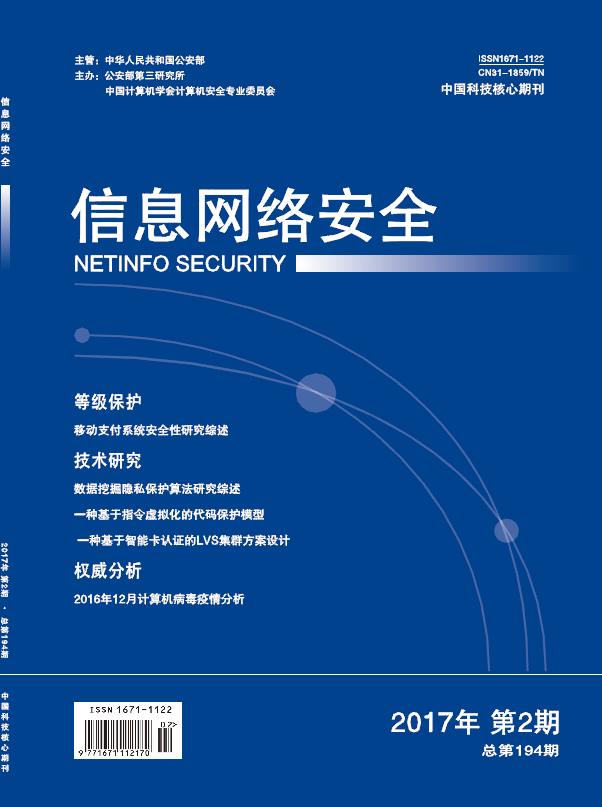With the rapid development of network technology and its application, a new media platform and broadcast center, as an unified access platform of whole-station network to connect television program and broadcast network. Multi-platform integration brings efficiency and convenience, but also introduces new security threats such as Web Trojan, data theft, business attack and intranet intrusion, etc. Therefore, the confidentiality, integrity and availability of information in the process of data collecting, transmitting, processing and storing have become the urgent problems to be solved. In this paper, the security management status and security risks of the unified access platform for broadcasting and TV stations are analyzed. The main causes of the risks, such as hardware and software problems, design problems, and management problems, are presented. Based on the existing risks and conventional information security policies, the basic security strategies for the unified access platform are proposed. Based on the proposed basic security policies, the specific implementation methods about physical security, network and boundary security, system and application security, data security, audit security and management security are also constructed.

